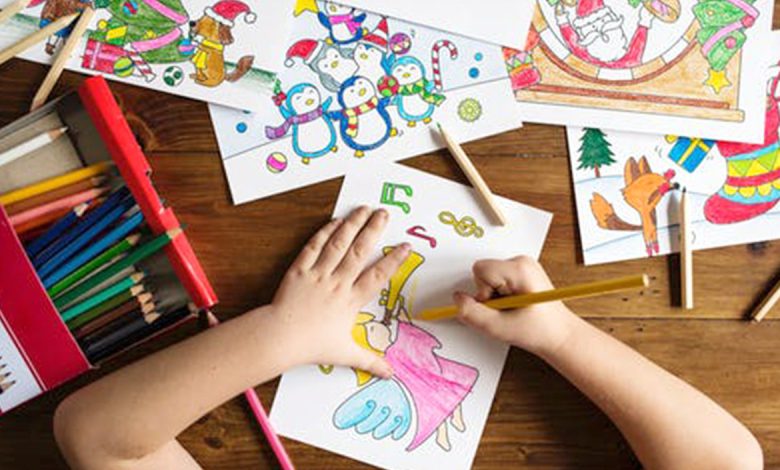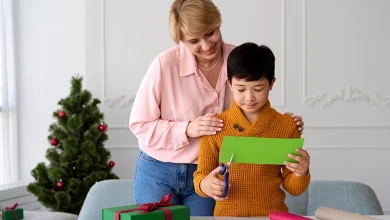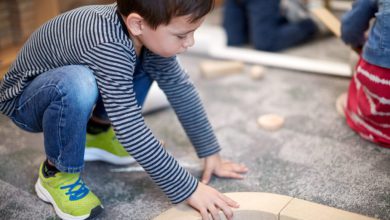Colors & Shapes Made Fun

Teaching children is all about coming up with new and interesting ideas so that children enjoy learning. But teaching certain concepts like colour and shapes can be tricky.
Colours and shapes are foundations to more complex concepts children are going to learn ahead.
Here are 10 tips that parents can use to teach children about them.
1. Use colourful toys
Children reach out to toys the most. Ask them to point out the red car, the green robot, the pink doll or even the black cycle. If they make mistakes, point to something with the same colour as an answer and ask if they were identifying that colour. This will not only alert the children to the right answer.
2. Show examples from nature
If they are indoors, take them to your balcony and show them the variations in the colours of the sky throughout the day. Playfully show them how the colours of adjacent buildings, roads and other objects lighten during day time and darken after sunset. Children thus learn about colour depth.
3. Name colours in art books
Any art book with coloured and blank outlines of the same art will do the job for your children. While colouring the empty spaces, ask them to name the colours they are putting in.
4. Ask to point out articles by their colours
Household items such as vegetables, fruits and other handy articles help children identify colours better since they spend most of their time indoors. Ask them to bring you the black fruit instead of naming the fruit.
5. Start with simple shapes
Square, rectangle, circle and triangle are the shapes you should start educating your children about. Once they know circles well, you can introduce other shapes like squares, rectangles, triangles and that of oval. Move on to more complex shapes such as pentagon later.
6. Add shapes to form new ones
Once they understand the basic 2D shapes, you may show them how a pencil has two 2D shapes, one being a triangle and another being a long rectangle. It would be great if you can make them understand the concept of height, so that they can tell you how a water bottle can have a circle at each end, separated by a cylinder.
7. Trace articles to learn shapes
You can have 3D objects put on a blank sheet of paper and ask children to trace the outlines of the objects with a pencil. Start with coffee mugs and the pencil box. This is actually an advanced method of capturing 3D objects on a 2D plane. Your child will spot the differences in shapes quickly.
8. Find simple shapes in nature
What is the shape of a building? What are the shapes of food items? Keep asking your children similar questions and they will identify shapes with examples from nature faster.
9. Compare shapes of different objects
As you do with colours, test children’s learning by asking them to fetch the ‘square’ fruit or the ‘circular’ pencil. You’ll understand that they know their concepts if they correct you instantly or laugh at you for being ‘silly’.
10. Use building blocks to make new shapes
Building blocks are the most popular toys among children. They create skyscrapers, big trucks and what not. While they are playing, ask them to explain the shape of the truck or the different shapes of elements combining to make that castle.
How have you been teaching colours and shapes to your children? Would you recommend any other innovative ways to teach these concepts?





